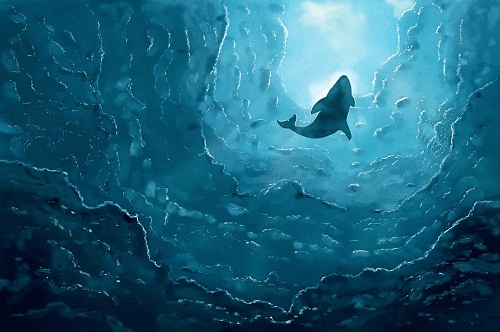In a joint mission, Europe and Japan have successfully sent a spacecraft into Mercury’s orbit. The spacecraft named BepiColombo was sent atop Ariane 5 rocket launched from Europe’s Spaceport in Kourou at 01:45:28 GMT on 20 October. According to the European Space Agency (ESA) and Japanese Space Agency (JAXA), the spacecraft is now travelling towards Mercury and will take about seven years to complete its journey. Before reaching Mercury in December 2025, the spacecraft will follow an elliptical path, involving a fly-by of Earth, two of Venus and six of Mercury itself to slow down its speed.
According to ESA, signals from the BepiColombo were received at ESA’s control centre in Darmstadt, Germany, confirming that launch was successful.
Meanwhile, at @ESA's operations centre, #BepiColombo deputy project scientist, Joe Zender, @ESA research fellow Joana Oliveira and #INAF researcher Roberto Peron are discussing aspects of @ESA_Bepi #science with #media representatives pic.twitter.com/y0RFTShj46
— ESA Science (@esascience) October 20, 2018
“Launching BepiColombo is a huge milestone for ESA and JAXA, and there will be many great successes to come,” said Jan Wörner, ESA Director General.
Hiroshi Yamakawa, JAXA President said: “Congratulations on the successful launch of Ariane 5 carrying BepiColombo, ESA-JAXA joint Mercury exploration mission.”
“I would like to express my gratitude for the excellent achievement of launch operations. JAXA has high expectations that the ensuing detailed observations on the surface and interior of Mercury will help us better understand the environment of the planet, and ultimately, the origin of the Solar System including that of Earth.”
BepiColombo is Europe’s first mission to Mercury. This mission is scheduled to run for 1 year, and could get 1 year extension if everything goes smooth. The cost of BepiColombo mission is €1.3 billion ($1.5 billion). ESA described the mission as one of the most challenging missions in its history.
Mercury, slightly larger than Earth’s moon, is the closet planet to the Sun in our solar system. Due to its proximity to Sun, it has extreme temperatures. It has a massive iron core and also has a magnetic field. Intense gravity of Sun and solar radiations also make the Mercury mission very challenging. NASA’s Mariner 10 was the first spacecraft to visit Mercury in mid-1970s. NASA’s Messenger probe completed its mission in 2015.
BepiColombo is named after Italian scientist Giuseppe ‘Bepi’ Colombo. The electrical ion thrusters to the spacecraft will help nudge it into the right orbit.
BepiColombo comprises two science orbiters: ESA’s Mercury Planetary Orbiter (MPO) and JAXA’s Mercury Magnetospheric Orbiter (MMO, or ‘Mio’). These probes will work independently and will examine the surface and magnetic field of Mercury.
Scientists have equipped the se probes with special insulation that will enable them to cope with extreme temperatures ranging from 430 degree C on the side facing the sun to minus 180 degree C in Mercury’s shadow.
“BepiColombo is coming like a white knight with better and more precise data,” said Alain Doressoundiram, an astronomer at the Paris Observatory.
“To understand how Earth was formed, we need to understand how all rocky planets formed. … Mercury stands apart and we don’t know why.”
BepiColombo is the second recent joint mission between the ESA and JAXA. Earlier this month, JAXA’s Hayabusa2 probe dropped a German-French rover on the asteroid Ryugu.


